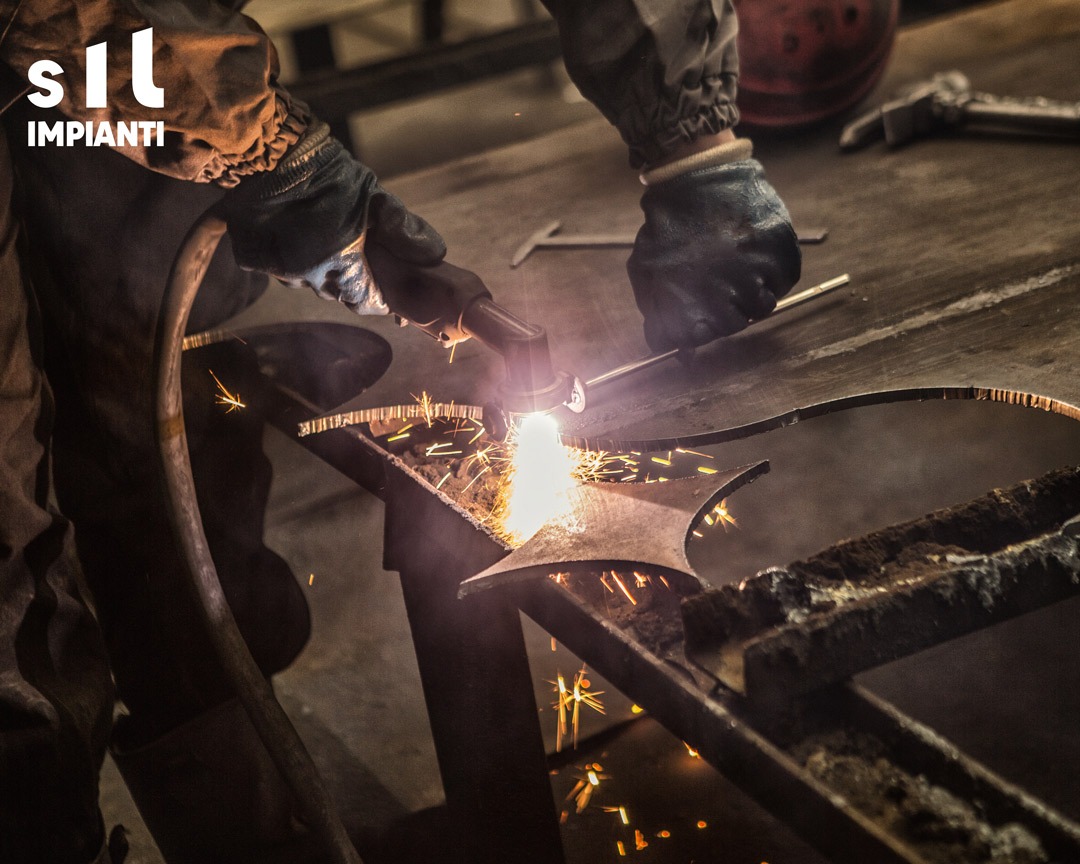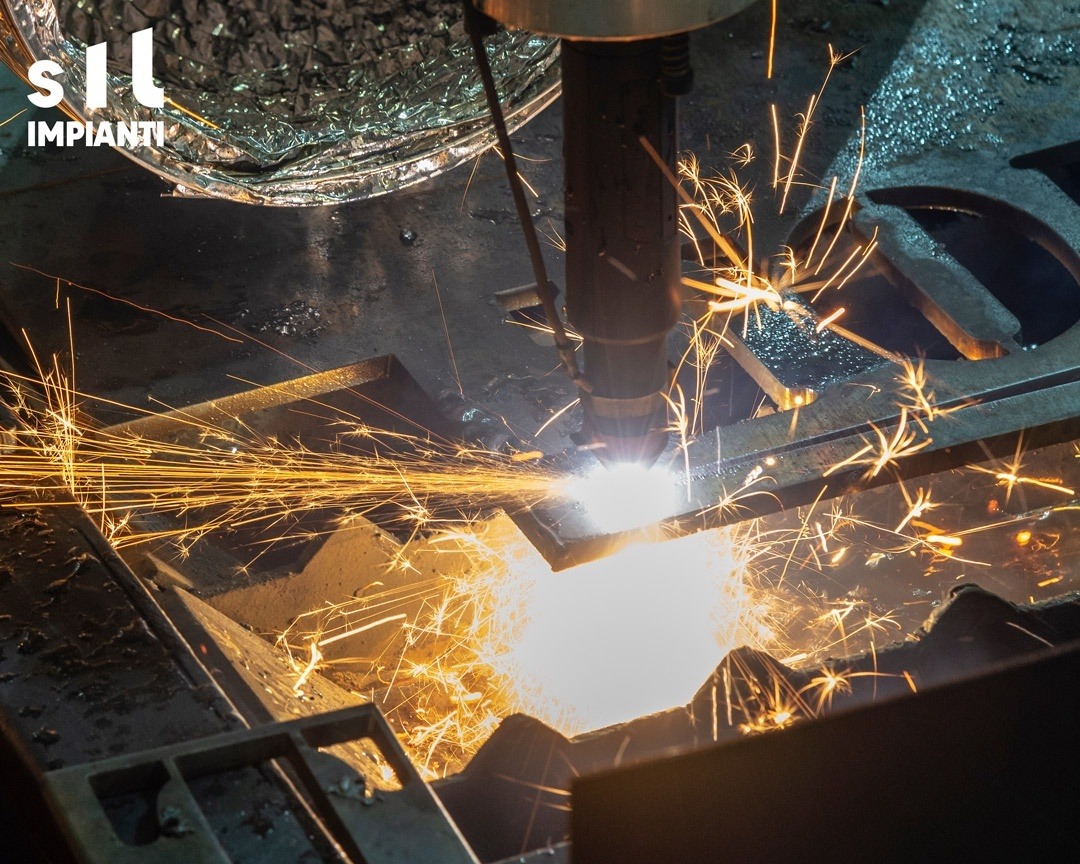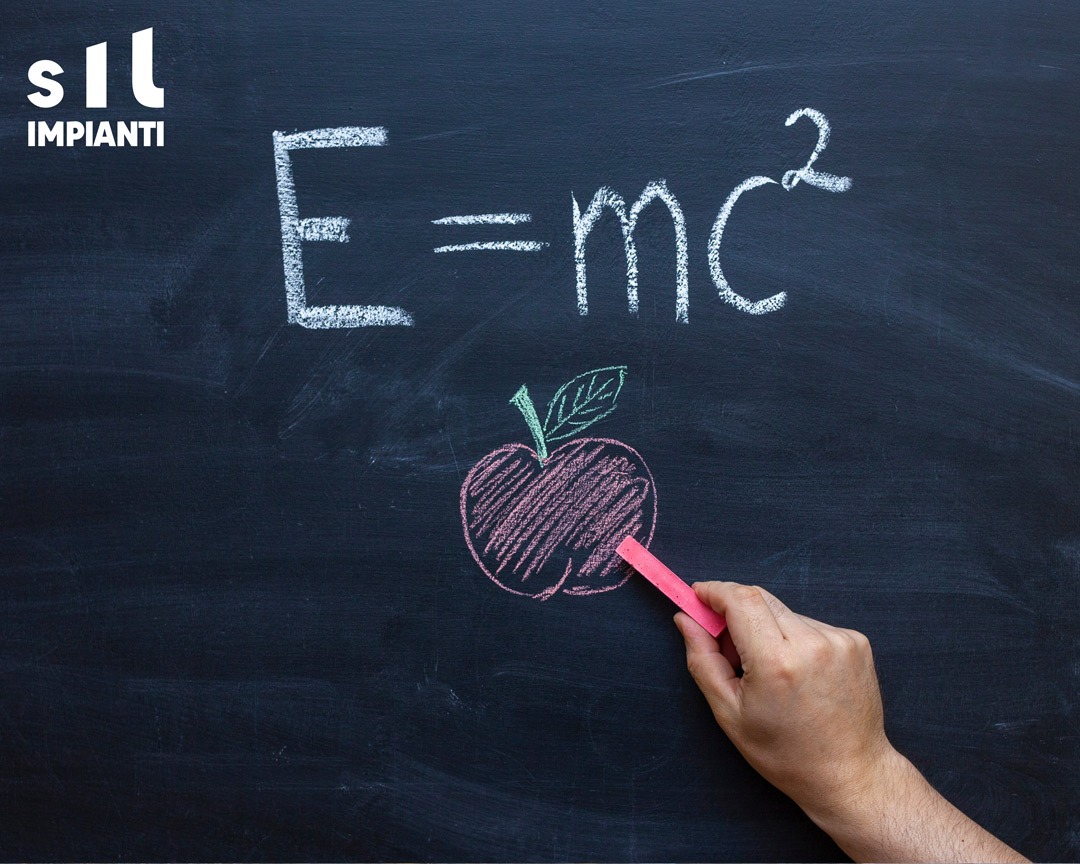Metal cutting
Metal cutting is a set of techniques aimed at reducing metal sheets into desired geometric shapes, by removing excess material, thus yielding two products: the finished piece and the waste material, known as chips.

Laser and plasma cutting processing
Hearing about plasma and laser might mislead you into thinking about lightsaber strikes in the latest Star Wars film, projected on a flat-screen plasma TV; however, we are about to explain in detail the different cutting techniques in metallurgy.
Among the various systems, plasma cutting and laser cutting stand out for their more frequent use, flexibility, and precision, and are not coincidentally the most current methods.
Laser cutting (an acronym for light amplification by stimulated emission of radiation) is a thermal processing method that concentrates the energy of a laser beam as a heat source. Once directed onto thin surfaces, it locally causes a temperature increase sufficient to initiate an ablation process.

This technique allows for extremely precise and rapid processing, significantly reducing both production cycle times and material wastage. Its optimal yields make it very suitable for prototyping.
Plasma cutting is based on the principle of an already existing process, that of welding via plasma jet, adapted in this case to the cutting procedure: it works through a nozzle from which a high-pressure gas jet is emitted.
The gas creates an electric arc between the electrodes and the surface to be cut, a sort of short circuit, which transforms the gas into plasma; this plasma, by generating heat, will cause the metal to break down at the molecular level.
Laser or Plasma?
These two processes undoubtedly share common features, but they also have very important structural differences, which determine when it is appropriate to prefer one over the other, depending on the final purpose and the surface to be worked.
In fact, there is no better method in an absolute sense, but simply the one most suitable for the type of operation to be carried out.

Both achieve cutting through heat and allow for extremely precise cuts. If the metal sheets to be worked are particularly thin, laser cutting is recommended, which allows for an even higher level of accuracy. For surfaces with greater thickness, the more economical plasma cutting technique is preferred, as any potential imperfections would be less invasive.
It should be noted that both operational and maintenance costs are more burdensome in the case of laser technology.
A Journey Through Time
Plasma Cutting: As mentioned earlier, it originates from an already existing technology, that of welding via plasma jet. The inventive breakthrough on this technique came in 1955, when Robert Gage patented the invention of a nozzle, a wall that, placed along the path of the hot plasma, forces it into a mandatory path and thus into a predetermined shape.

Laser Cutting: In the early 1900’s, Einstein announced the phenomenon of stimulated emission, which is the basis of all laser technology; another key milestone occurred in 1950, when Gordon Gould, a student at Columbia University, theorized the use of stimulated emission to amplify light through an optical resonator, later termed as laser.
In 1960, Theodore Maiman developed the first prototype.
During the 1970s, continual improvements paved the way for the first two-axis laser system, which was developed in 1975. The definitive leap came in the 1980s, with the arrival of small, inexpensive lasers, inaugurating a new era in the processing of materials using lasers, from cutting to welding.
AutoCAD Program
The AutoCAD technical drawing program, an acronym for Computer-Aided Design, is closely linked to sheet metal processing in metallurgy, as it plays the important task of providing instructions to the machinery that will perform the cutting: AutoCAD, in fact, generates both the design of the parts to be cut and the cutting instructions for the machinery.

Despite AutoCAD still being an indispensable support for the production of bi- and three-dimensional drawings in engineering, architectural, mechanical, and electrical fields, it is interesting to note that it was conceived way back in 1982 by the American company Autodesk.
COMMENTS / 0